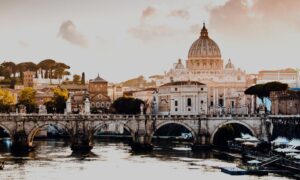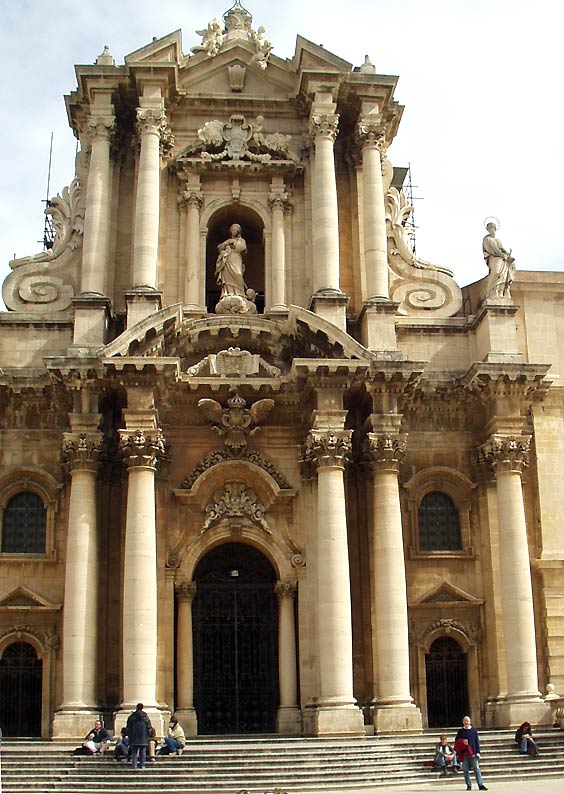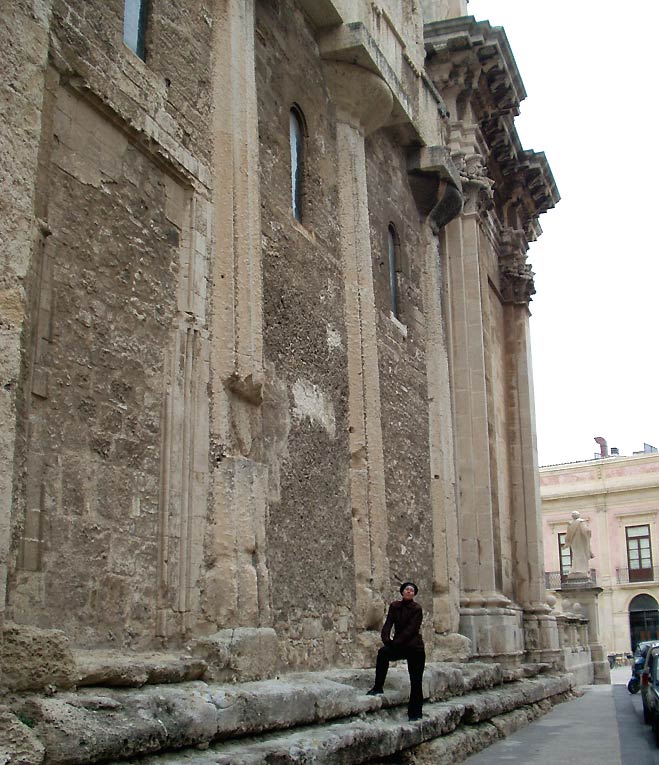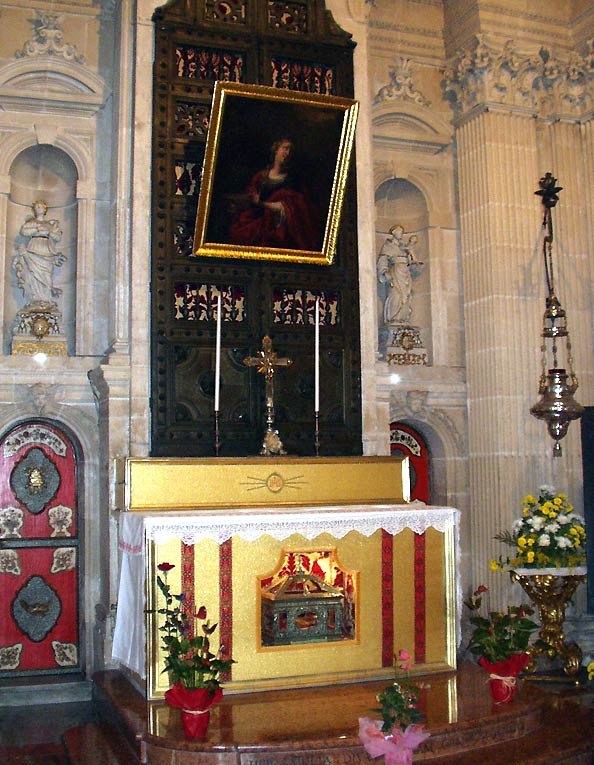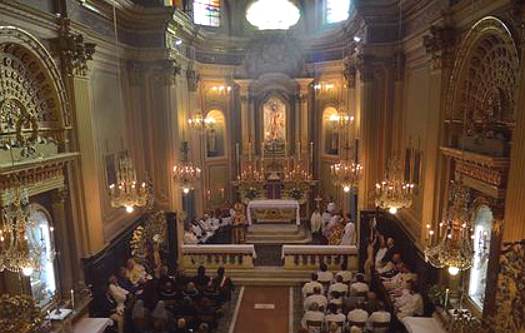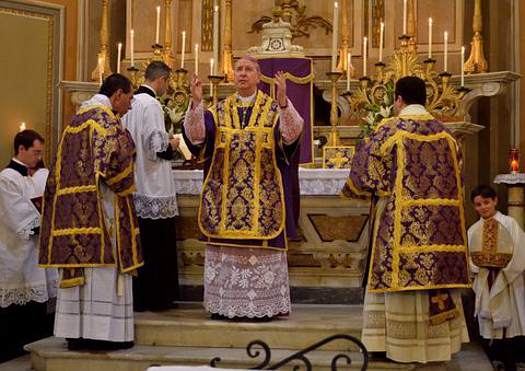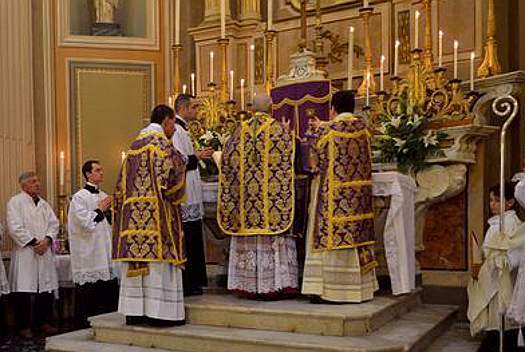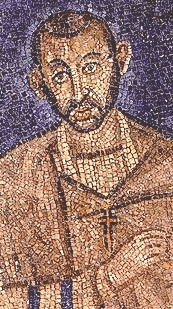28. desember: De uskyldige barn i Betlehem
I dag leste jeg til Matutin i 4., 5. og 6. lesning:
Reading 4:
From the Sermons of St Austin, Bishop of Hippo. 10th on the Saints.
Dearly beloved brethren, to-day we keep the birthday of those children, who, as we are informed by the Gospel, were massacred by the savage King Herod. Therefore let earth rejoice with exceeding joy, for she is the mother of these heavenly soldiers, and of this numerous host. The love of the vile Herod could never have crowned these blessed ones as hath his hatred. For the Church testifieth by this holy solemnity, that whereas iniquity did specially abound against these little saints, so much the more were heavenly blessings poured out upon them.Reading 5:
Blessed art thou, O Bethlehem in the land of Judah, which hast suffered the cruelty of King Herod in the slaughter of thy children; who art found worthy to offer at once to God a whole white-robed army of guileless martyrs! Surely, it is well to keep their birth-day, even that blessed birthday which gave them from earth to heaven, more blessed than the day that brought them out of their mother’s womb. Scarcely had they entered on the life that now is, when they obtained that glorious life which is to come.Reading 6:
We praise the death of other martyrs because it was the crowning act of an undaunted and persistent testimony; but these were crowned at once. He That maketh an end to this present life, gave to them at its very gates that eternal blessedness which we hope for at its close. They whom the wickedness of Herod tore from their mothers’ breasts are rightfully called the flowers of martyrdom; hardly had these buds of the Church shown their heads above the soil, in the winter of unbelief, when the frost of persecution nipped them.
